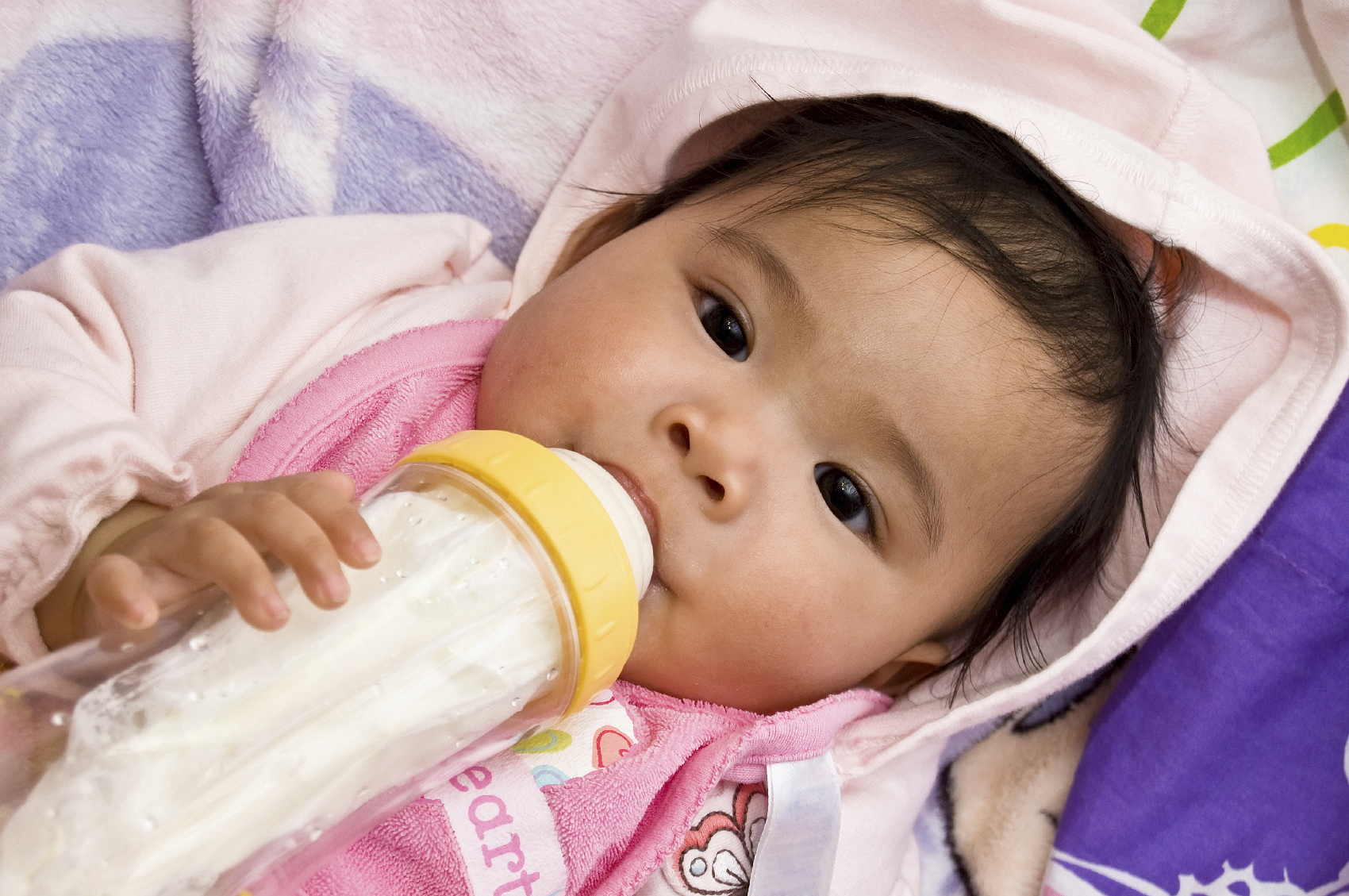Baby Bottle Blues | by

How much do we really know about Bisphenol-a (BPA) and other chemicals leacked from plastics? Before I throw all my sippy cups in the trash (I mean properly recycle them), I asked a few pediatricians to weigh in on the controversial topic.
So far, the doctors tell me, many parents aren’t talking to their pediatricians about the issue. Dr. Liesl Young, a pediatrician with Pediatrics 5280 believes that they aren’t bringing it up because they either don’t know about it or have already formed an opinion.
According to Dr. Maureen Snelling with Littleton Pediatric Medical Center, “I have had a few parents express concern over plastics. However, most just want reassurance.”
BPA is a chemical commonly found in plastics that mimics the hormone estrogen. The concern is that miniscule amounts might leak into liquids or foods, possibly causing potential health issues.
“There is still a lot of debate out there regarding if the small amount ingested is large enough to be concerned,” says Dr. Young. “U.S., European, and Japanese governments have all determined the exposure is negligible…I’m sure there will be more research done and more to learn.”
It’s also important to note that BPA is not just found in plastic baby bottles and water bottles – it’s in dental sealants, plastic food containers, the liners for nearly all metal cans – even organic foods and baby formula cans — returnable containers for milk, microwave ovenware, nail polish, water filters, water supply pipes, and coffee makers, etc.
“I think if you truly want to eliminate BPA exposure it’s going to be really difficult,” emphasizes Young. “Most of us probably have micro amounts of this chemical in our body all the time and we are fine.”
She adds, “I would caution parents not to panic and continue to use the products they already have. If buying special baby bottles gives you peace of mind, then that’s money well spent for you. If you ever have concerns about your child’s health or development, talk to your pediatrician.”
Some ways to minimize exposure to plastic toxins in children:
- Heat foods in glass bowls and the serve on plastic if necessary
- When warming formula, do not heat the actual bottle — add warm water to the formula then serve
- When heating food in the microwave, cover with wax paper instead of plastic wrap
(Courtesy of Dr. Snelling)
FAQs from the Plastics Division of the American Chemistry Council
1. What types of baby bottles are currently available to consumers?
Baby bottles made from polycarbonate plastic make up the majority of the baby bottle market. Polycarbonate bottles are clear, shatter-resistant, lightweight and cost effective. All baby bottles, as well as other food and beverage containers, are regulated for safety by the U.S. Food and Drug Administration.
2. Has BPA been tested for safety?
Yes. Bisphenol A (BPA) is one of the most extensively tested materials in use today. The weight of scientific evidence clearly supports the safety of BPA and provides strong reassurance that there is no known risk to human health.
3. Have polycarbonate baby bottles been tested for safety?
Numerous studies have examined the potential for BPA to migrate from polycarbonate plastic containers, including baby bottles, into a food or beverage. These data confirm that the levels of migration are very low and well within established safety levels.
To learn more visit: www.bisphenol-a.org and www.plasticsinfo.org
Tags: Bisphenol-a (BPA), bottle, Liesl Young, Maureen Snelling, parenting, plastic toxins, sippy cups- throw away
Leave a Comment
Please be respectful while leaving comments. All comments are subject to removal by the moderator.
